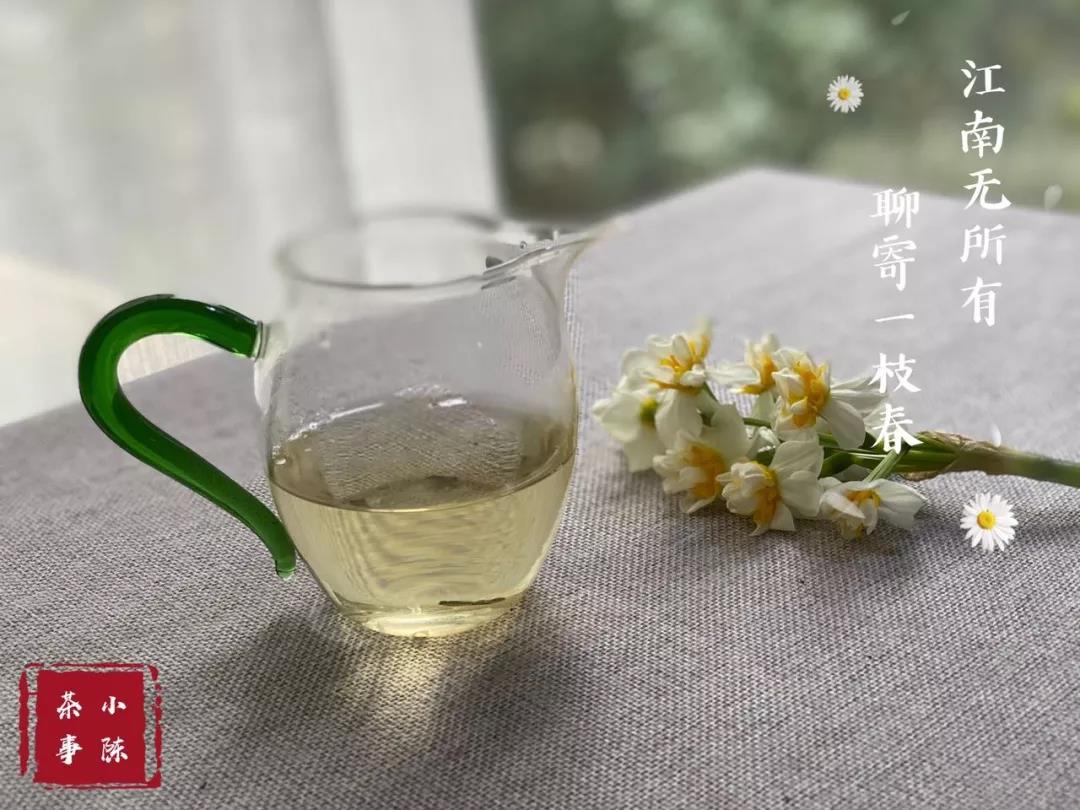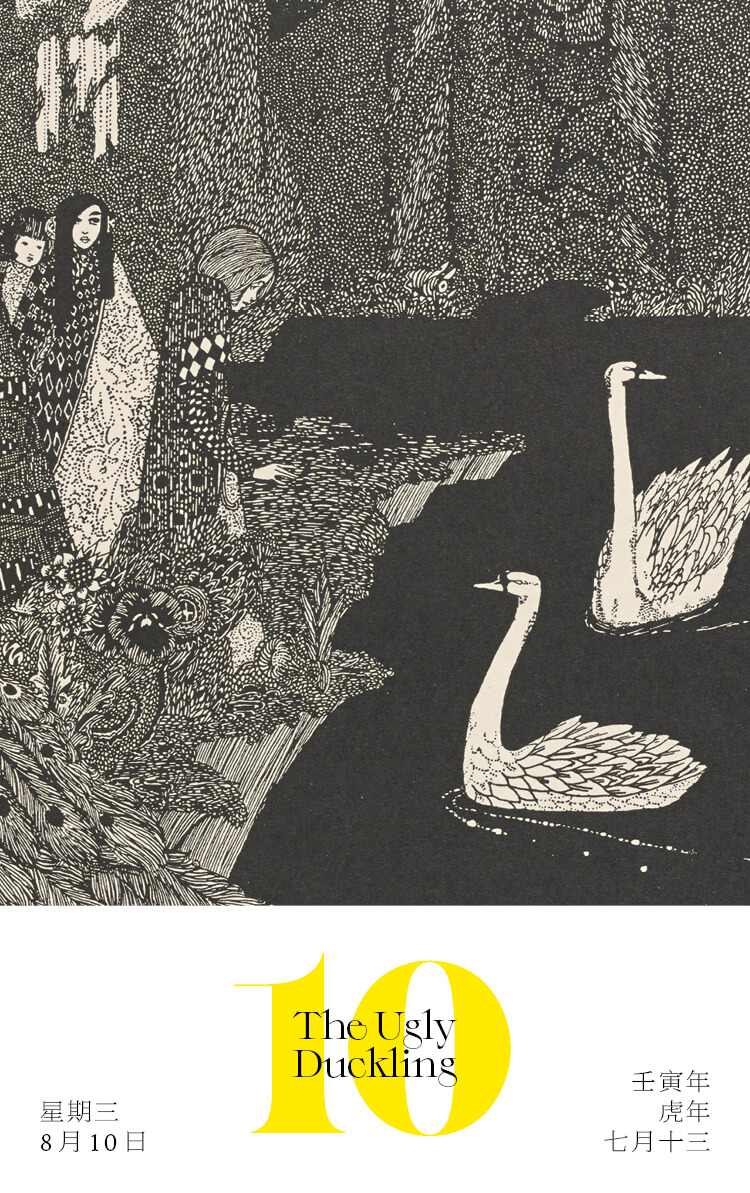Jinan Yuandai Guo family tomb out of the native bone initially completed and identified
Author:Jinan Daily Time:2022.08.22
On August 21, the reporter learned from the Jinan Archaeological Research Institute that after eight months of efforts, the Jinan Yuanxian Guo family tomb was organized and appraised by the Jinan Yuan Dynasty Guo Family Tomb, which was conducted by the Jinan Archaeological Research Institute and the Simpage Completed recently.

From April to July 2021, the Jinan Archaeological Research Institute conducted archeological excavations of Jinan Yuangai Guo family cemetery at 1.5 kilometers southeast of Jijiazhai Village, Dongjia Street, Licheng District. Among the 12 tombs excavated, 11 were brick -carved mural tombs. The tomb was the earliest three years (1326), and the latest to the Zhengji (1341-1368), and the owner of the tomb was a member of the Guo family. The Ceremony of the Guo family in the Yuan Dynasty is the first evidence discovered in Shandong in Shandong. The clear brick carving mural family cemetery is also clear. New discoveries were newly discovered by the five major archaeological discoveries of the provincial provincial in 2021.
After the excavation of the field, the identity and physique of the tomb owner have become an important issue for studying the nature of the cemetery and social changes. The Municipal Archaeological Research Institute actively carried out joint research on multidisciplinary disciplines, and jointly organized and appraised the human bone specimen unearthed from the cemetery with the institute of the Institute of Cultural Heritage of Shandong University. Due to most tombs or stolen or repeated water, human bones are scattered and messy, and it is difficult to organize. After eight months of hard work, the identification and identification was initially completed recently.

Among the 12 tombs, there were at least 30 cases of human bones, including 6 male individuals, 10 female individuals, 6 cases of minor individuals with obvious gender characteristics, and 8 adult individuals who could not identify gender due to poor preservation. The age distribution of individual unearthed individuals in the cemetery is relatively wide, from minor individuals from the constant milk alternative stage to individuals over 60 years old who have fallen off before their teeth. Among them, the proportion of minors and individuals is higher. It reflects the tomb nature of the family cemetery. From the perspective of existing dental specimens, it is found that modern people such as dental caries and periodontal diseases are also common. Elderly individuals also have degenerative changes such as ossification and bone hyperplasia. There are obvious trauma on the remote end of the left side of the Men's individual.
The intervention of physical anthropology plays an important role in studying the age, disease, social changes, etc. of the cemetery during the Yuan Dynasty. In the next step, the Jinan Archaeological Research Institute will continue to increase its research, and conduct analysis of stable isotopes and ancient DNAs for the 28 sample samples collected and 4 cases of molar specimens to further determine the relationship between the source of the tomb owner and the relationship between the individual. Expand archeological research results. (Jinan Daily reporter Zhao Xiaolin)
Edit: Zhang Yu
- END -
For newbies, others recommend old white tea. Why do I recommend new white tea?

丨 This article is original by Xiao Chen tea丨 First of the People's No.: Xiao Che...
Tongshu calendar: Harry Clark's illustration: Only Biazlet can compare with it

Zhan Lu's college calendar, good -looking and good, exclusive museum around you.Th...